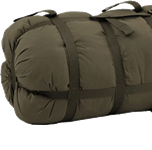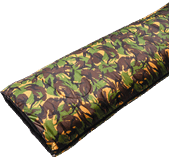Sleeping bags are an essential part of the gear for every tourist and outdoorsman who plans to sleep away from the comfort of their home. Those for transitional seasons, that is for spring and autumn, naturally differ from summer or winter ones.
The advantage of synthetic fiber
If you are choosing a sleeping bag for spring or autumn, you will generally avoid down bags. Although they are very high quality, they are too heavy, bulky, overly insulated for transitional seasons... and moreover, they are not very easy to wash and clean. The clear choice is sleeping bags made from synthetic fibers with an appropriate temperature limit.
Spring and autumn are periods of increased physical activity for many of us. It is not as cold as in winter and not as hot as in summer, which means an increase in the number of days we want to spend outside, including multi-day hikes. And for hikes, it is important to reduce the weight and size of your backpack as much as possible. This also means reducing these properties in sleeping bags.
Therefore, sleeping bags with hollow fibers are most suitable for transitional periods. They are also easy to dry. If a light rain or increased air humidity surprises us at night, just dry the sleeping bag in the sun in the morning and you can continue. And if you come home with a dirty sleeping bag, you can simply wash it.
Mind the comfort temperature
In the descriptions of individual sleeping bags, you will find information about comfort, limit, and extreme temperatures. For spring and autumn sleeping bags, you can orient yourself according to the comfort temperature, which in this case should be approximately between 5 and 7 °C (naturally above zero). At such temperatures, sleeping in the sleeping bag will still be comfortable for you. We are not talking about extreme temperatures here, where the seasons occasionally behave unpredictably.
Extra portion of insulation
A sleeping bag for spring and autumn should also have a waterproof finish and its zippers should be covered by a flap. This flap not only prevents moisture from entering but also (and primarily) acts as another layer of insulation, ensuring you do not lose valuable body heat while sleeping. In some sleeping bags, a non-quilted design further minimizes body heat loss by preventing the formation of thermal bridges.
Patented materials
As for manufacturers, the choice is up to you. Some of the manufacturers we offer use their patented materials as insulation layers, while others prefer licensed materials developed by someone else.
Create a sleeping system
During spring and autumn, the ground is still cold, so proper insulation is necessary. This is primarily achieved with mats, but if you want to sleep truly comfortably, you can combine your spring or autumn sleeping bag with a hammock, or an entire suspended sleeping system including supplemental blankets, which will slightly extend the temperature range in which you can use the entire combination.
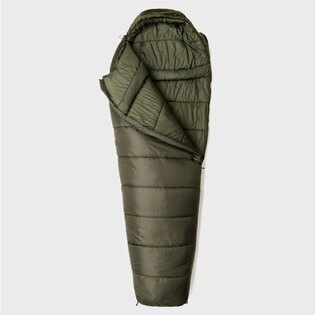


Snugpak® Sleeper Expedition sleeping bag
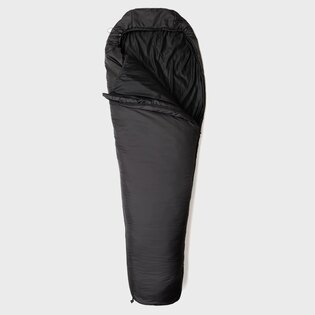


Snugpak® Tactical 2 sleeping bag
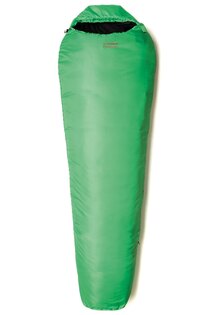
Snugpak® Travelpak 3 sleeping bag
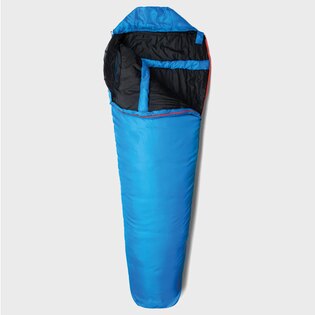
Snugpak® Travelpak 2 sleeping bag
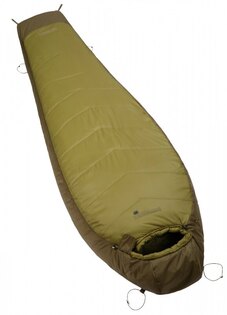
Year‑Round Sleeping Bag Chimera RDO®
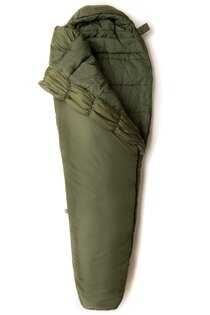
Snugpak® Softie® Elite 3 sleeping bag
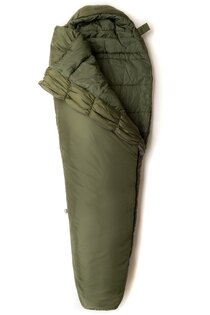
Snugpak® Softie® Elite 2 sleeping bag
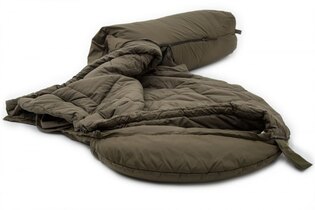
Sleeping Bag Brenta Carinthia®
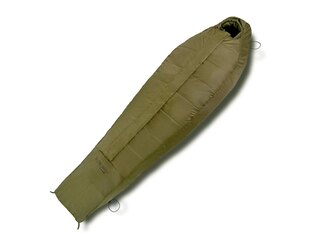
RDO® Kimar RX sleeping bag
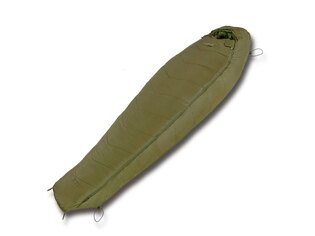
RDO® Chimera RX sleeping bag
































































































































